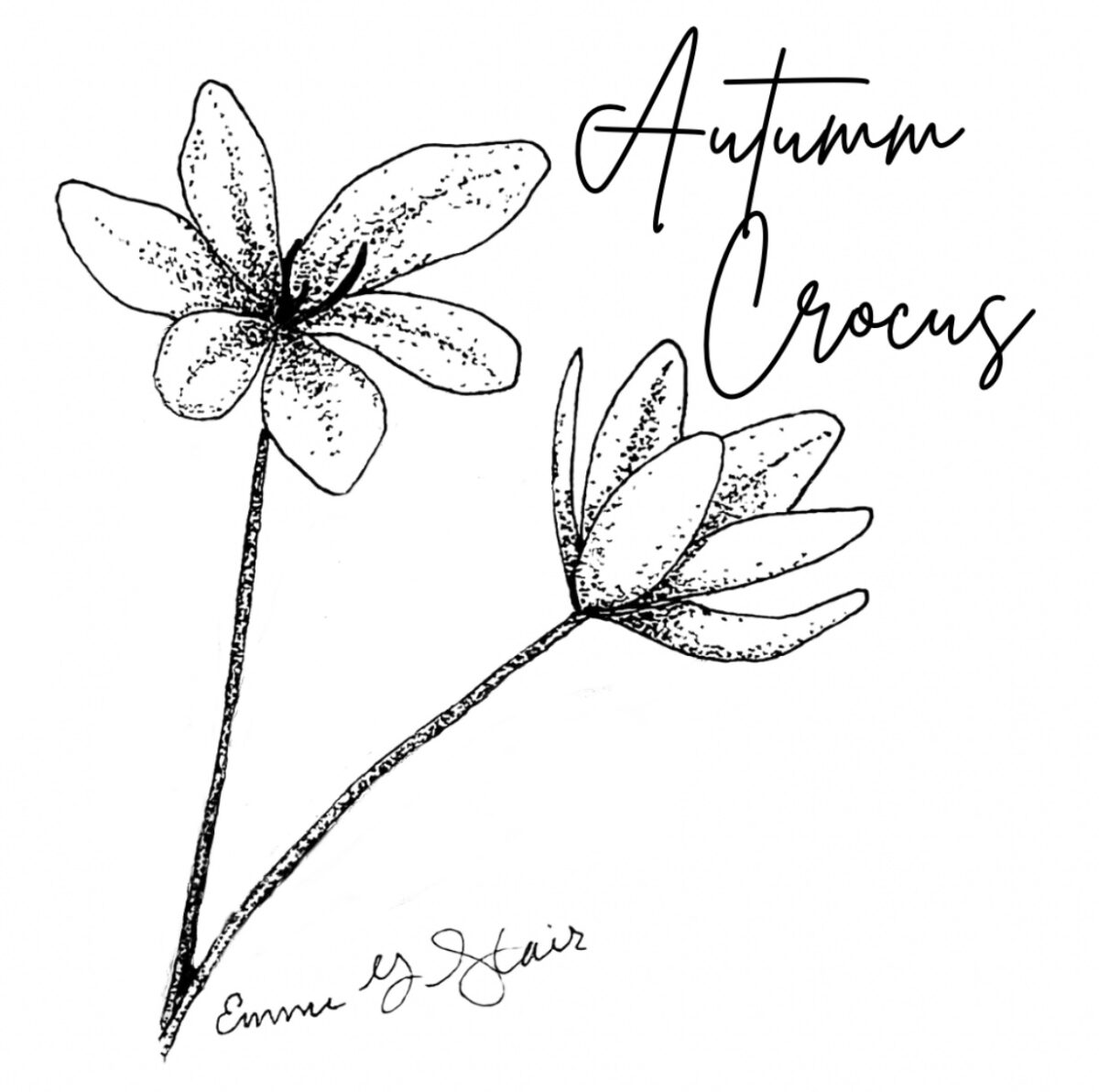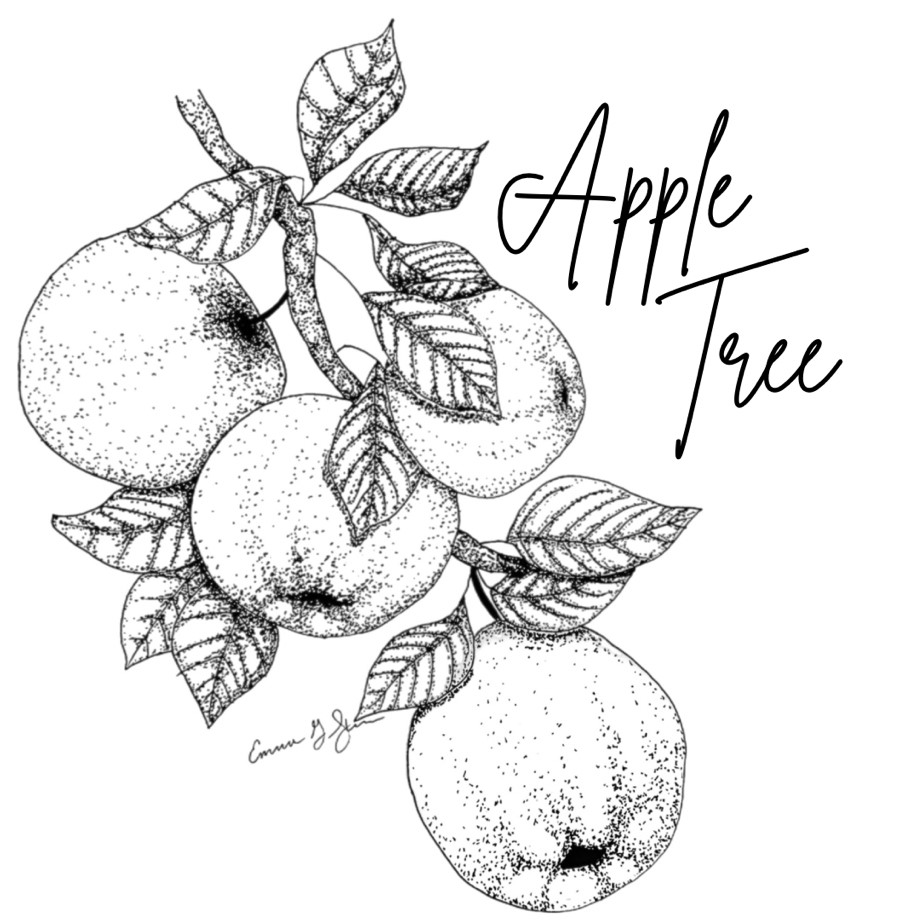Health & Nutrition with Chef Hanna: September 2023
“Laughter is brightest where food is best.” – Irish Proverb
We use food not only to nourish our bodies, but to share and connect with those around us. One of my earliest memories is laughing with my sister while we each wore slices of swiss cheese on our faces and looked through the holes at each other like we were wearing fancy glasses.
I have come to find that preparing and sharing food with others is my love language. Even if the food isn’t the best, good company can make food taste even better. Heck, laughing together over how bad some food turns out can make it taste a little better, too!
Thinking back on other laughing moments throughout my life, I’m reminded of my mom. My mom has always listened to music in the kitchen while cooking. She’ll grab whoever is in close range to whirl them around to Frank Sinatra’s “Fly Me to the Moon,” or to give them a dip to Rosemary Clooney’s “Come On-A My House.” These dance moves are always full of laughter as you (gracefully) try to avoid bumping into the kitchen island or a hot pot on the stove.
One of my favorite foods that my mom makes while dancing through the kitchen is macaroni and cheese. It’s been one of my favorites since I was a kid, and always reminds me of those entertaining, laughing moments in my mom’s kitchen. As comforting as her classic mac and cheese is, it’s not the healthiest. The following options can be subbed to up the nutritional value of this cozy dish:
Lower Calorie, Higher Nutrition
Subbing pureed roasted butternut squash for some of the advised cheese amount to lower the fat and caloric density of mac and cheese is a great way to add nutritional value, as well as a lovely silky-smooth texture to the sauce.
Butternut squash can be halved, rubbed in olive oil, and roasted cut side down until tender. The skin can then be peeled off, or the flesh can be scooped out. Alternatively, pre-cut butternut squash is available in most grocery store freezer sections. Frozen butternut squash can be roasted on an olive oil greased sheet pan.
Once the butternut squash is roasted, mash using a potato masher and stir into prepared macaroni and cheese sauce while holding back some of the usual cheese amount.
Gluten-Free
Traditional pasta can be replaced with a legume pasta. Aside from the gluten-free benefit, this option is higher in both protein and fiber value as well. My favorite brand of gluten-free pasta is Banza. Banza pasta is made using garbanzo beans and packed with twice the amount of protein and three times as much fiber as traditional pasta. Gluten-free pastas can be prone to breaking down quickly, as it does not have the gluten structure to hold it together. A good way to avoid this is to give the dish just a few good stirs once adding the pasta to the sauce, and serving immediately.
Vegan
Vegan mac and cheese can be made by soaking 1.5 cups cashews (for every 12 oz of pasta) in boiling water for 5 minutes. Then drain and blend with 1 cup of fresh water, 8 oz of vegan shredded cheese, a squeeze of lemon juice, and a sprinkle of the following: nutritional yeast, turmeric, garlic powder, and salt. A good vegan shredded cheddar is Violife Cheese Alternative, Just Like Cheddar Shreds.
Try mixing any or all of the above options for a nutrient-packed bowl of mac and cheese and grab an unsuspecting loved one for a do-si-do around the kitchen while you cook…inciting laughter and creating great memories with those around you.
Written by Hanna McCollum, Iris Respite House Chef & Innkeeper






